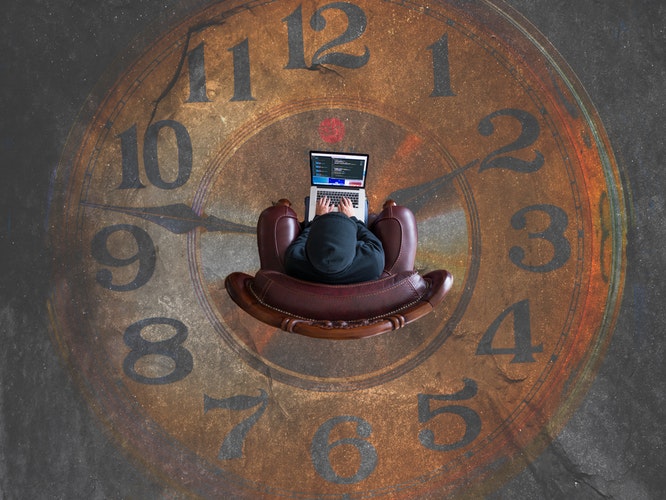The timestamping: the solution 4.0 to prove ownership

If you write, design, create anything, you are probably aware of how easy your work or creation could be copied, imitated or even stolen. Recently Ye Yongqing, a high profile Chinese contemporary artist, was alleged to have copied Belgian artist Christian Silvain for three decades.
Silvain discovered about Ye work during an exhibition in Germany and noted the obvious similarity with his work. Both Silvian and Ye used symbols and an identical graffiti style in their paintings. Silvain, who developed his style a decade earlier, commands for a price forty times lower than Ye's.
However, to potentially enforce his legal rights as the legitimate owner, Silvain shall preliminary demonstrate that he is the genuine owner of this work.
For the conclusion of this story, we don't know yet.
In an interview to the Southern Metropolis Daily, Ye replied that “We are trying to get in touch with the artist. This is an artist who has a deep influence on me”.
But admission of “influence” could be not enough.
While copyright law protects any original work, until now there hasn't been a definitive registration system to prove ownership.

Indeed, according to the law, the creator is the owner of its work, but until someone else claims a prior right on it. In case of dispute, the lack of any official document proving which version of the work came first makes copyright little more than a vanity.
It is specifically on this point that the so-called blockchain could bring an efficient solution to the creators of content to protect their IP rights upstream.
Blockchain technology establishes ownership via a ledger that is open to anyone who uses the system. One of the big advantages that blockchain offers for any field is the high level of automation it delivers, and the immutability of the ‘blocks’ once they are created meaning that a high level of reliability as far as proof of ownership goes.
Through the blockchain, it is possible for the IP owner to timestamp their work by creating a permanent record of their work to be protected and receive a time-stamped copyright certificate.

A timestamp is an encrypted code generated by an official institution. It electronically links the original work and/or design data to a specific date, thus establishing legal evidence that data existed at that time, which is then translated into a timestamp document including all the information related to the timestamped work, such as the date and time, the owner of the design at the time, etc…
In China, the timestamped certificate could be delivered by the UniTrust Time Stamp Authority.
Usually, to be accepted by the relevant jurisdiction, the timestamped certificate shall meet four characteristics such as date, time, content, and the certificate of the timestamp authority.

Even if the acceptance of the timestamped certificate is still globally controversial, the electronic timestamps are considered as valid evidence in most jurisdictions.
In this purpose, the European Union has provided a comprehensive set of requirements to control the use of qualified electronic timestamps under the eIDAS standards effective since July 1st, 2016. Some countries have promoted the electronic timestamping by putting their laws and regulations in accordance with these standards. While some timestamps may be applicable in other countries as a reciprocating gesture.
Unlike the copyright protection which shall be obtained at national scale to be further enforceable, in the future, we could potentially foresee that the timestamped certificate issued in China could be further recognized in front of European jurisdiction to establish the ownership of the copyright owner worldwide.
Marie Ferey
HFG Law&Intellectual Property


